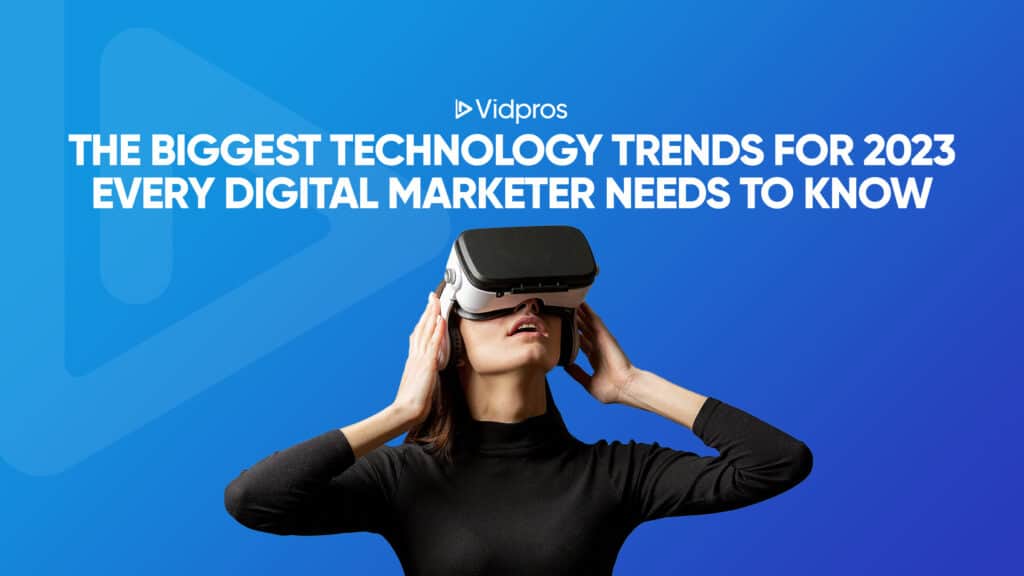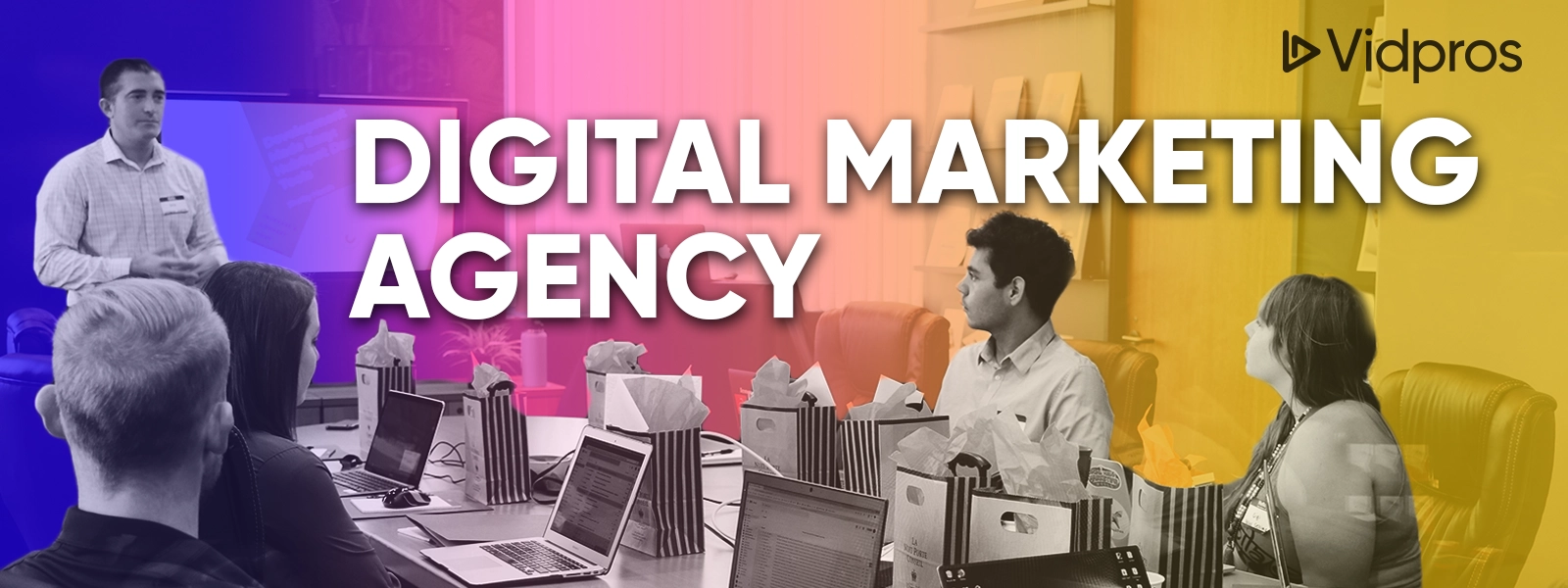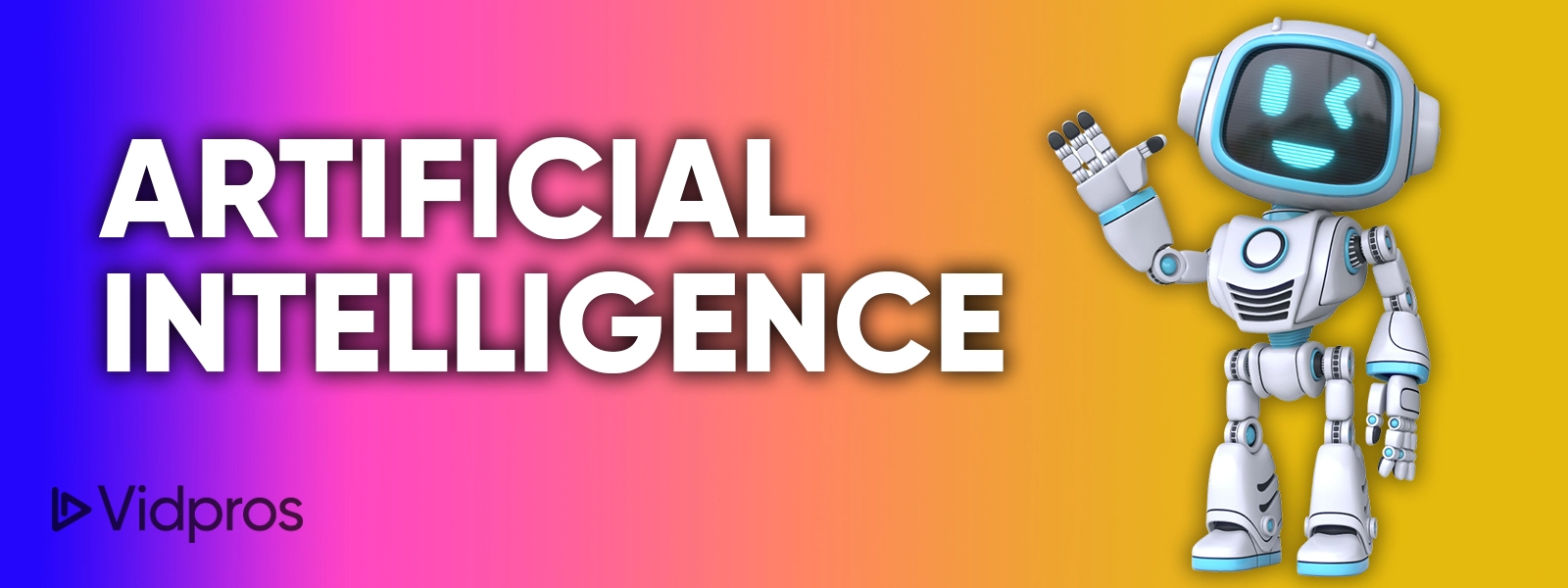The year 2023 is fast approaching, and many full-service marketing companies are already using digital strategy consulting services to help chart their business paths.
As technology is a primary mover across industries and brands, determining the up-and-coming technologies and trends for 2023 is something worth seriously considering.
The top 5 technology trends to watch out for in 2023
What is a digital marketing agency without technology? The importance of technology in marketing campaigns and strategies cannot be overstated.
Top technology trends for 2023 include reducing costs through IT optimization, scaling networks for business growth, and changing the course of the business in efforts to achieve favorable outcomes.
There are growing concerns about how to move forward with recent supply chain issues, the Ukraine-Russia conflict, talent shortages, and the evolving financial crisis.
Some businesses will cut costs, some will continue to expand, and some will shift the direction of their business strategy.
For 2023, research shows three significant themes – pioneer, scale, and optimize – that can support the growth of any full service marketing firm or digital marketing agency.
What does this mean for digital marketing agencies?
The digital marketing industry has a diverse clientele, and technology also affects businesses and organizations in numerous fields.
Looking ahead with these trends, it matters not whether it’s a digital marketing agency for small businesses or high-profile brands- technology will remain a common denominator.
Metaverse technologies, Superapps, and sustainability
It should be noted that even skeptics of the metaverse prefer to focus on the fact that some different technologies already address business problems, such as lacking trust in data or optimizing customer service.
For example, avatars and chatbots could be used to improve the level of customer service delivered to customers.
Some other ways can be employed to achieve this goal—for example, gamification for training and augmented reality for shopping experiences. According to research, around 51% of the Gen Z demographic expects some form of augmented reality to be developed within the next two years.
As a final point, the role of technology in sustainability is a significant managed function by information technology and its digital counterparts.
There is, however, more to it than just the environment and climate change. As well as being about the environment, it is also about the people behind the business, the social aspects of an organization, improving the work culture of an organization, enhancing diversity, equity, and inclusion, and improving employee training.
As a result of the trends, enterprises can pioneer new ways to engage their customers by developing Superapps that combine several of the features of a standard app with the attributes of an app platform and ecosystem to improve customer engagement.
It will be the goal of the Superapp that they can have not only its differentiated features but also the ability to build out third-party applications using a standard data model that is shared between the Superapp and the third-party application.
Embracing this early on and seeing opportunities around finance, and health, to name a few verticals, will give enterprises an advantage and allow them to take full advantage of opportunities.
It is important to note, however, that technologies have an outsized role to play when it comes to environmental sustainability, especially when it comes to solutions for energy reduction for IT services, as well as the use of analytics and traceability of renewable energy sources.
This is where enterprises can consider these factors, define what applies to their business, and then work on a roadmap to achieve growth and success.
Vertical Cloud Platforms and Wi-Fi
More and more businesses are turning to tailored cloud computing services that can grow with their needs, now readily accessible with customized data for sectors like healthcare, manufacturing, logistics, farming, finance, among others.
These companies are zeroing in on harnessing the practical benefits of cloud technology in their everyday work, giving less attention to the technical details of the infrastructure itself, according to a study conducted by Gartner, a technology research and consulting firm.
Businesses are increasingly crafting unique products and services by using specialized, industry-specific modules. This approach allows them to innovate without having to build the foundational technology from the ground up.
To get a better understanding of the wireless trend, Gartner predicts that by 2025, 60% of enterprises will be using more wireless technologies at a given time, which will add to the use of Wi-Fi in the workplace.
There is no doubt that this prediction is a very realistic one, as consumers are already using up to three wireless technologies daily.
However, it is essential to note that wireless networks extend far beyond individual equipment.
In the case of Albermarle, a mining company in Western Australia, a private 5G network has been created, allowing scientists and engineers to access systems remotely whenever required rather than being on-site at all times.
So, what this means is that a network is not just a cost to the business, but it becomes something that can add value and differentiation to the brands, companies, and organizations of the future.
AI TRiSM (trust, risk, and security management) and Adaptive AI
By integrating AI TRiSM into the picture, businesses and brands can be confident that AI is a reliable resource that can be trusted and relied upon.
A recent study has found that only 50% of enterprises have adopted AI models since AI technologies were introduced in the last decade, mainly due to the need for more trust in data and issues related to privacy and security.
Organizations must be able to explain why a computer decided that it did to increase the adoption of AI.
The integration of ModelOps into the supply chain, for example, can enhance production model development more efficiently and with less friction.
The ModelOps (model operations) system was designed to automate the operationalization of a wide range of AI and decision models, including machine learning, knowledge graphs, rules, optimization, and linguistic models, as well as agent-based and linguistic models.
As the next step, advanced techniques such as adversarial AI will be applied, in which one model is used to train another as the first is generated. This technology has already been applied to image generation and games like chess under ethical guidelines and with solid data protection in place.
These processes will ensure that AI models have enhanced trust and will be supported in their development efforts. As a result, they will make their way into the production environment with increased confidence.
The next step for enterprises will be to implement adaptive AI, which utilizes real-time feedback and adaptive learning algorithms to gain insight into the business and provide responses to changing environments.
Once trust issues, production problems, and the generation of personalized analyses have been handled, enterprises will be able to jump on to Adaptive AI.
As a result, enterprises can create and provide access to new data for testing in these environments, as well as personalize the output of the algorithms for the user in a continuous manner, which means that they can provide them with dedicated and customized offerings based on their requirements.
Optimizing development teams and complex infrastructure
As a result of the cloud environment delivering faster and smoother operations and processes, it has become imperative to get products to market and to scale delivery with an emphasis on platform engineering to meet the market’s demands.
There has never been a more critical time to develop skills, as they will be needed to address complex architectures and new hybrid systems integrated into the cloud and manage a scalable network.
To reduce friction between the development team and the infrastructure layer, it would be a good idea for the development team to look at where they sit within the infrastructure layer based on their current location.
An excellent way to accomplish this is by building engineering platforms that provide reusable components for developers along with their tools, such as integrated development environments (IDE), monitoring tools, and continuous integration and continuous delivery (CI/CD), all of which can be delivered as self-service development portals. Developers would have access to these pre-approved tools at any time they need them, rather than requesting approval for the use of these or that tools every time they need them.
Digital immune systems and applied observability
According to Gartner, 76% of digital product teams are also responsible for generating revenue as part of their responsibilities for creating digital products.
Traditionally, software development has been done in a way that makes it difficult for systems to be scalable, secure, and stable, making it harder to generate revenue from the products.
The concept of digital immunity fits right in here because it combines multiple modern practices around the application development lifecycle, such as observability, which can help organizations understand what is happening, and site reliability engineering and chaos engineering, which can help organizations make applications more secure and resilient.
Combining analytics and artificial intelligence (AI) significantly improves the tools testing process. It then encompasses end-to-end security across supply chains, making applications more resilient and minimizing – better yet, eliminating – downtimes and outages in the supply chain.
By adopting some of these technologies, companies will be able to reduce downtime by as much as 80% resulting in an increase in revenue and profitability for them.
There is nothing new about the concept of applied observability. Still, it has crucial implications for optimization and is closely related to the practices described for digital immunity.
The more data collected from these applied systems, the better the decisions can be made incorporating data analytics as a feedback loop to be more business-value driven.
Conclusion
Digital marketing agencies will play a key role in communicating these innovations and adaptations into the market environment.
It’s essential that digital marketing agencies need to stay relevant for them to provide the best service and add value to their clients.
You have to realize that as you construct your roadmap and identify what technologies you will need to implement in the future, it is unnecessary to deliver them all at once.
You can set your own path regarding how these can be integrated into your digital strategy consulting services and help build an organization-centric marketing action plan for your clients once you determine the timelines.
Table of Contents

How to Edit Your TikTok Videos After Posting
What do you do when you notice a glaring error in your TikTok video after you’ve uploaded it? Do you bring it down entirely, or is there a way to edit it directly on the platform? Unfortunately, TikTok currently doesn’t offer the ability to edit videos after they are posted. Once you upload a video to the platform, you can’t

Proven Tips for Creating a Successful Kickstarter Video
This article covers Kickstarter and product videos, and those crafted by professional agencies. It explains what they are, their purposes, and how to make effective ones. Key elements include storytelling, product shows, and clear calls to action. It provides tips, examples of successful videos, and guidance on choosing the right video production agency. Well-made videos have convinced me to trust

How to Make a Professional TikTok Video
Since its inception, TikTok has proved to be an effective marketing tool for both individuals and corporations alike. This is why TikTok influencers, small businesses, activists, and comedians are continuously looking for ways to make professional videos. Making a professional TikTok video involves key steps like establishing your niche, writing a script or storyboard, setting up the scene, shooting, editing,
Developing your content delivery strategies is critical. Reach out to us and we can help you get started.




